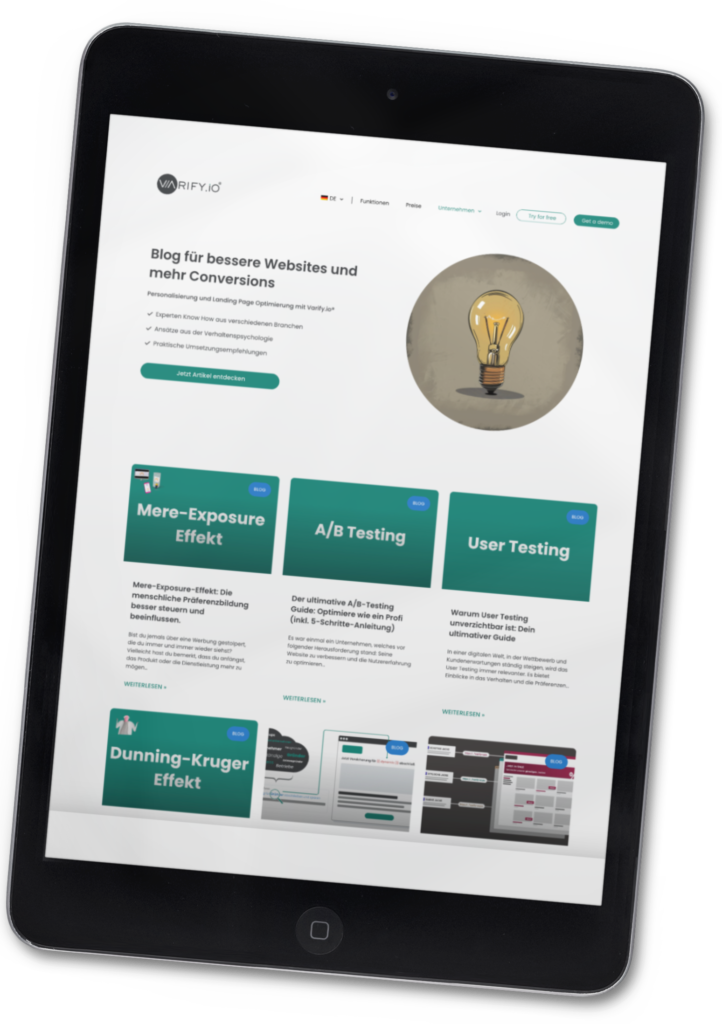Heatmaps are a powerful tool for marketers and web designers alike. They provide a visual representation of data that illustrates your behavior and interactions on a website or app. They reveal insightful user behavior that can be used to improve web designs, increase user engagement, and optimize conversions.
In this article, we will dive deeper into the world of heat maps and discuss their relevance in online marketing.
What exactly is a heatmap?
A heatmap is a graphical representation of data that uses colors to quantify and represent data values. In the context of websites and apps, heat maps typically represent your interactions, such as clicks, mouse movements, and scrolling behavior. The more intense the color (usually red), the higher the interaction or concentration of data in that area.
The history of the heatmap
The use of heat maps as a representation of data dates back to the 19th century, where they found application in statistics and cartography. In the digital world, they became relevant with the introduction of eye tracking technologies in the 1980s and 1990s.
Since then, thanks to advanced analytics techniques and the proliferation of the Internet, the use of heat maps has evolved greatly and they are now an indispensable tool for improving the user experience on websites and apps.
How do heat maps work?
Heatmaps work by capturing and analyzing your behavior on a website or app. This data could include clicks, mouse movements, or scrolling behavior. The aggregated data is then displayed in a colored graph.
Warmer colors like red and orange show areas of high interactivity, while cooler colors like blue and green show areas of low interactivity.
Heatmaps and Online Marketing
Heatmaps are invaluable in online marketing. They can help improve user experience and increase conversion rates. By identifying areas of high and low user interaction, marketers can identify areas of concern, improve the user experience, and test and adjust the effectiveness of their marketing strategies.
Application examples of heatmaps in online marketing
Heatmaps can be used in a variety of ways in online marketing. For example:
- They can be used to improve the navigation and design of a website. If you miss certain areas of a web page, this could be an indicator that these areas need to be redesigned or better highlighted.
- Heatmaps can help test the effectiveness of landing pages. By studying where you click, marketers can optimize the positioning of key elements like call-to-action buttons or forms.
- They can be used to examine your interaction with specific content or functions. For example, they can be used to investigate whether you read content to the end or leave the page before doing so.
Common challenges and solutions in the use of heat maps
Although heat maps are a valuable tool, they can also present challenges. One of the most common challenges is interpreting the data. Without a clear context, the color variations on a heat map can lead to misunderstandings. One solution is to supplement heat maps with other quantitative data and user feedback. It is also helpful to have marketers or analysts with experience in data interpretation analyze the heatmap data.
Closing words
Heatmaps are an extremely useful tool for anyone looking to improve the user experience on a website or app. With their help, marketers and designers can gain valuable insights into user behavior and make targeted improvements.
However, it is important to interpret the data correctly and consider it as a part of the overall analysis process to gain accurate and useful insights.
